Choosing Who To Provide Safety Tools For In 6 Steps
If you provide safety tools for 20% of staff who are exposed to a particular risk, how do you decide who are the 80% who miss out?
UNDERSTANDING THE PROBLEM
Step 1. Identify and assess the safety hazard against likelihood and consequences in order to rate the severity of the risk.
Step 2. Applying the hierarchy of hazard controls, eliminate or control the risk using prevention through design principles where possible.
Can people’s exposure to the hazard be prevented or limited through:
– Removal of the hazard (elimination)?
– Substitution of the hazard for a lesser hazard (substitution)?
– Changes in the design of equipment, environment, etc (engineering controls)?
– Changes in procedures (administrative controls)?
Step 3. Having implemented what you can in step 2, which staff (if any) are still exposed to the risk?
Step 4. Of the staff who are still exposed to the risk, ascertain who does not already have the right tools to safely manage the risk?
Step 5. Identify the tools that will help to prevent or minimise exposure to the hazard. The tools should assist staff to avoid or minimise harm being suffered in the event of exposure to the hazard.
Step 6. Decide which staff (from steps 3 and 4) should receive the tools.
SOME INTERESTING QUESTIONS
Step 6 raises some interesting questions.
-
Which staff?
Let’s say you are in the process of buying new work cars. The basic model car does not come with any airbags. You know airbags make a big difference in a car crash. Even though it costs extra for the airbags, would you only buy airbags for 20% of the cars?
If you are planning on providing safety tools to a portion of your staff who are exposed to the same risk, what selection criteria will you use to select who will be given the safety tools and who won’t?
Providing the safety tools for all staff who are exposed to the risk will deliver immediate benefits. Not only will safety improve, it will send a clear message to all staff that they are valued.
-
When?
You are exposed to the risk right now. People may be harmed next week, tomorrow, or even today.
The sooner staff are given the right tools, the sooner your staff will be safer, and the sooner your staff, the people they support, your organisation, and you will benefit.
WHAT ARE YOU EXPECTED TO DO?
At what point will you be able to say that the safety measures in your workplace for this risk are safe enough?
Think about the consequences if the requisite safety measures (be it elimination, substitution, engineering or administrative controls) are not in place for a particular staff member in their moment of need. What will it mean for you professionally (and personally)?
It would probably not be deemed reasonably practicable for you to have provided all the right safety tools for all the staff exposed to the risk by the end of this week.
However if you have not done so within say 3 to 6 months, and a serious incident occurs, then you and your organisation may be held liable for failing to meet your duty of care.
~ ~ ~
At My Safety Buddy, we specialise in the challenges facing lone workers.
If you have a question on your mind, please give us a call as we are here to help.
Travis Holland
CEO
My Safety Buddy
Should you wish to discuss strategies to improve your staff’s safety in their work environment, please feel welcome to contact My Safety Buddy.
Passionate about creating safer workplaces our goal is to enhance wellbeing for all concerned whilst also delivering improved operational and financial performance.
Enjoyed this piece? Please share, like, and comment. If you would like to read more, follow Travis on LinkedIn.



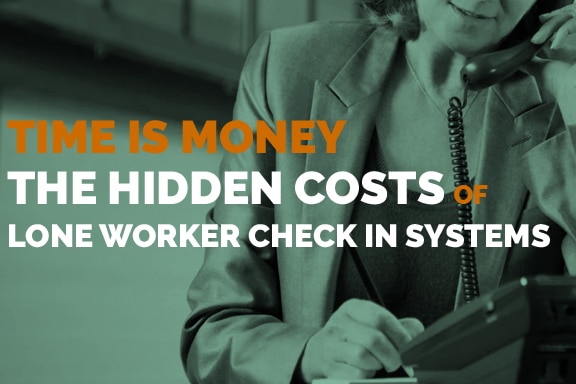

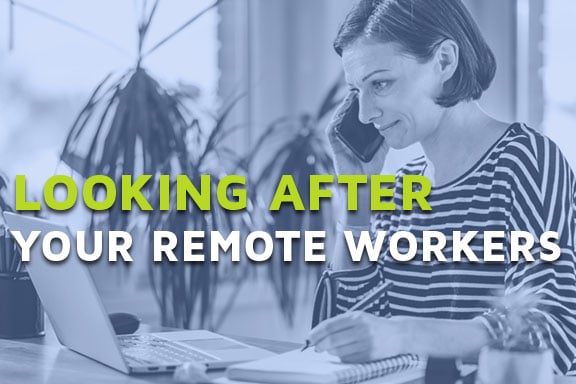
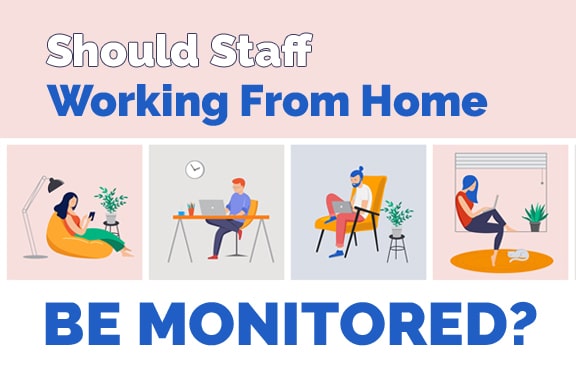


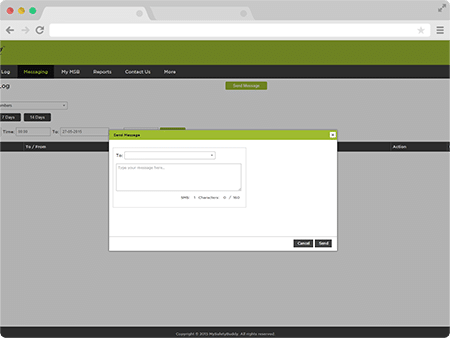 SMS Broadcasts
SMS Broadcasts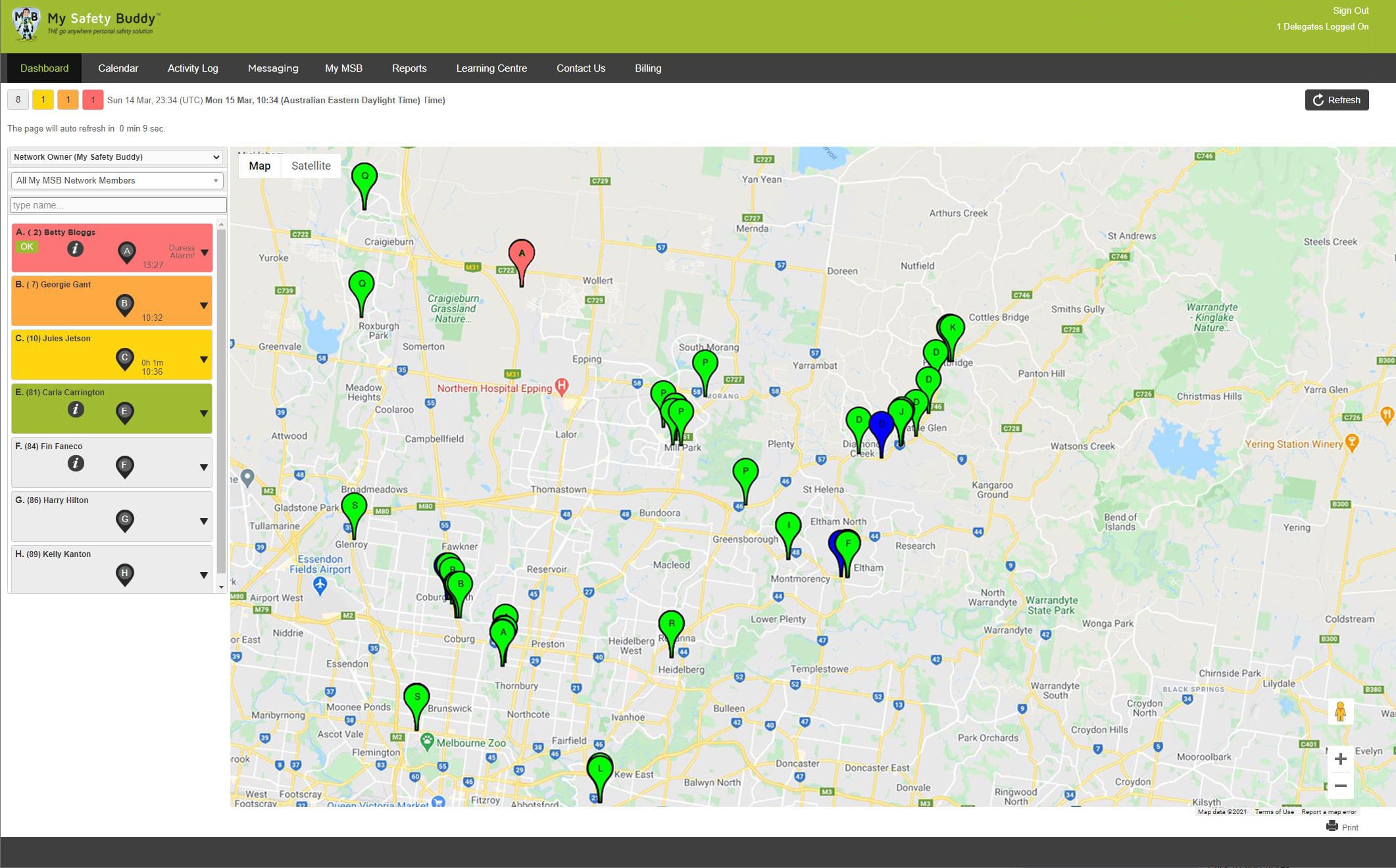 Web Portal and Dashboard
Web Portal and Dashboard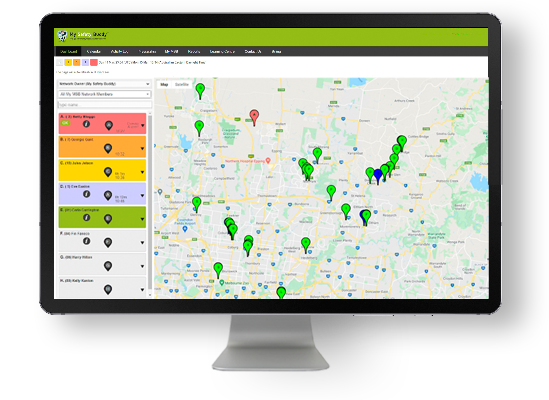
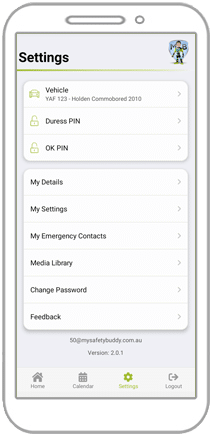 Customisable Settings
Customisable Settings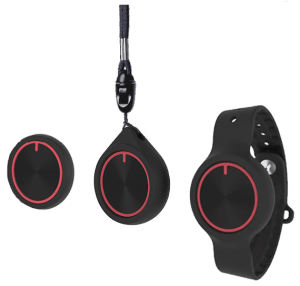
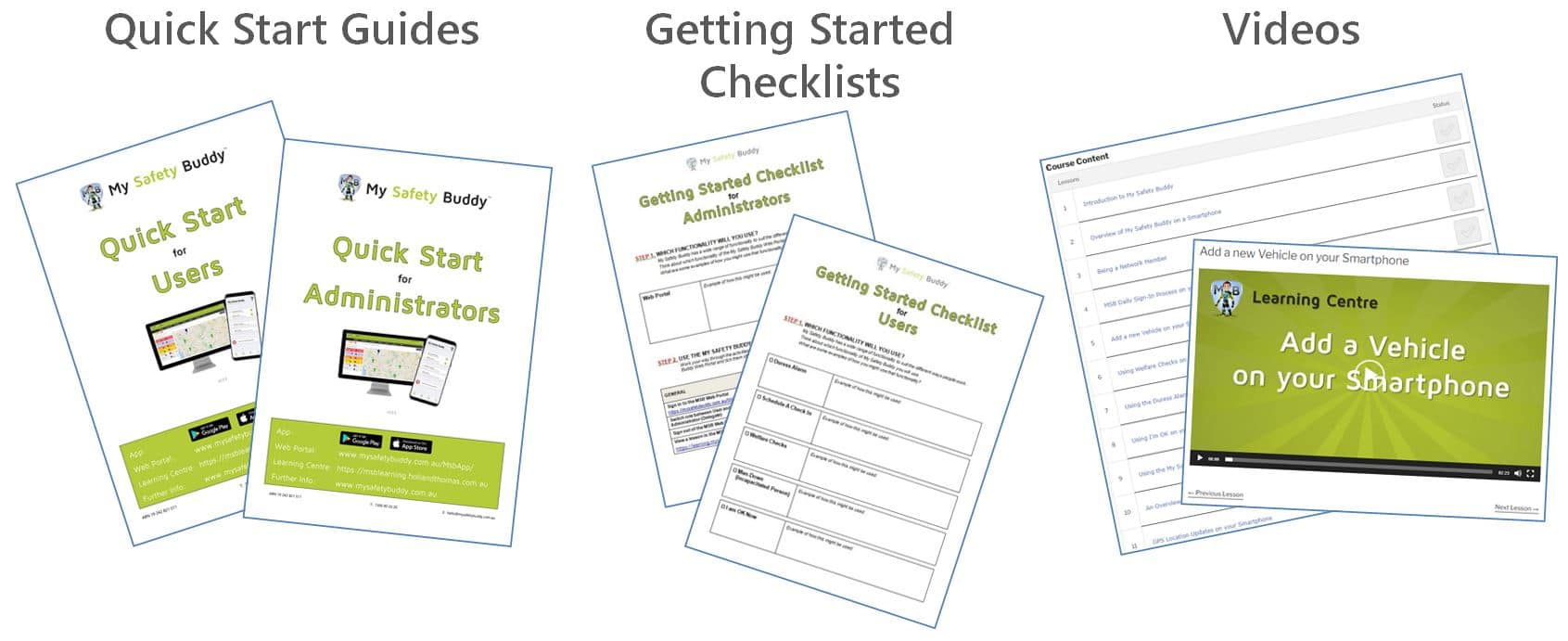

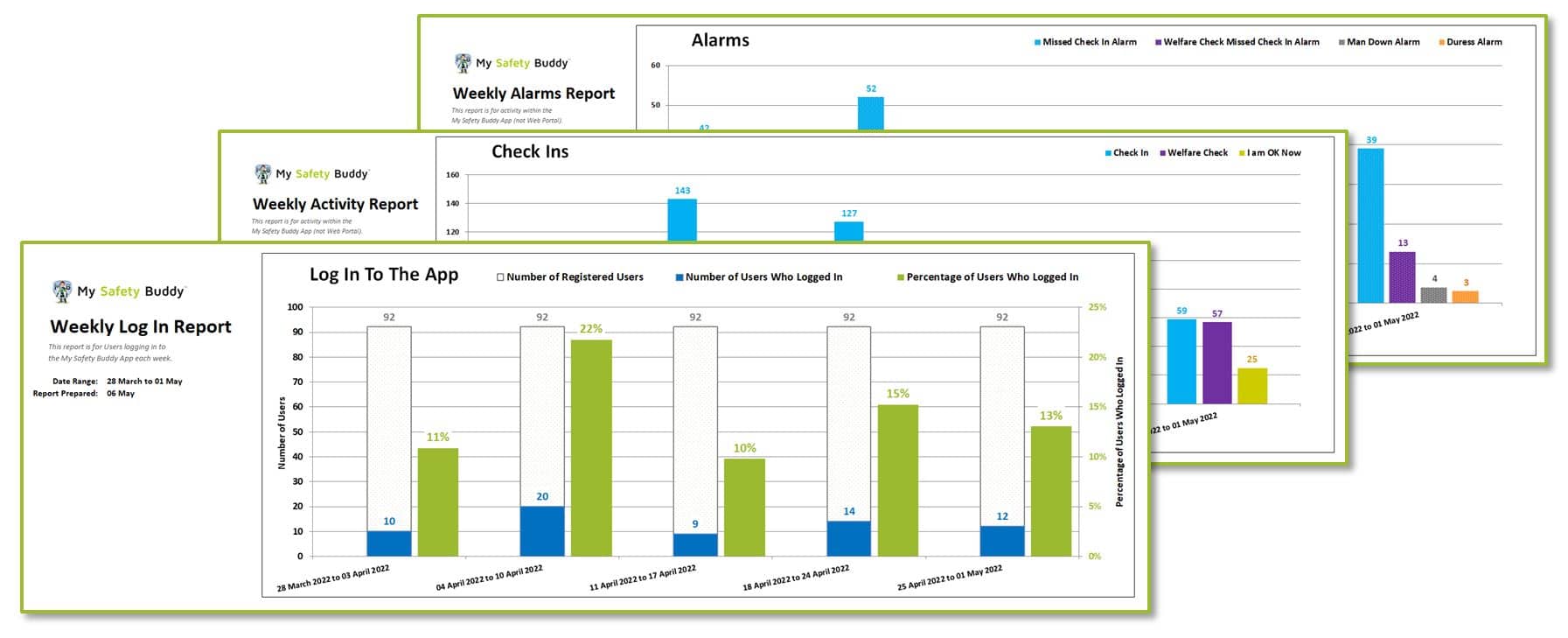
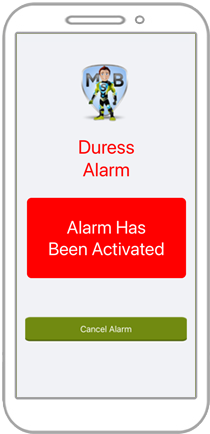









 Man Down Alarm
Man Down Alarm 5 Second Check In
5 Second Check In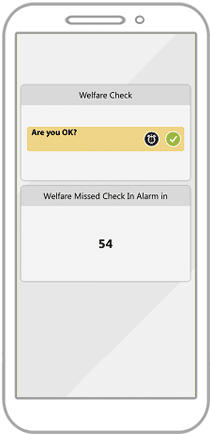 Welfare Checks
Welfare Checks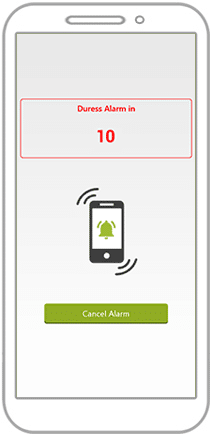 Duress Alarm (Panic Alarm)
Duress Alarm (Panic Alarm) Real Time Video
Real Time Video